Anselm Kiefer: Paintings, Sculpture and Installation, until 30 April 2016, Margulies Collection at the Warehouse Anselm Kiefer’s work, which often refers to Germany’s Nazi past, has been accused of glossing over that history. Katherine Hinds, the long-time curator of Martin Margulies’s private collection, says visitors to its Miami show have felt differently. “All I can tell you is that audiences find it a very powerful exhibition onto which they can project and through which they can think about the loss of humanity throughout the 20th century,” she says. Kiefer’s show is being put to good use: all admission fees for the Margulies Collection ($10 for adults, $5 for students and free for students from the State of Florida) goes directly to the Lotus House Shelter for homeless women and children in Miami. P.P.
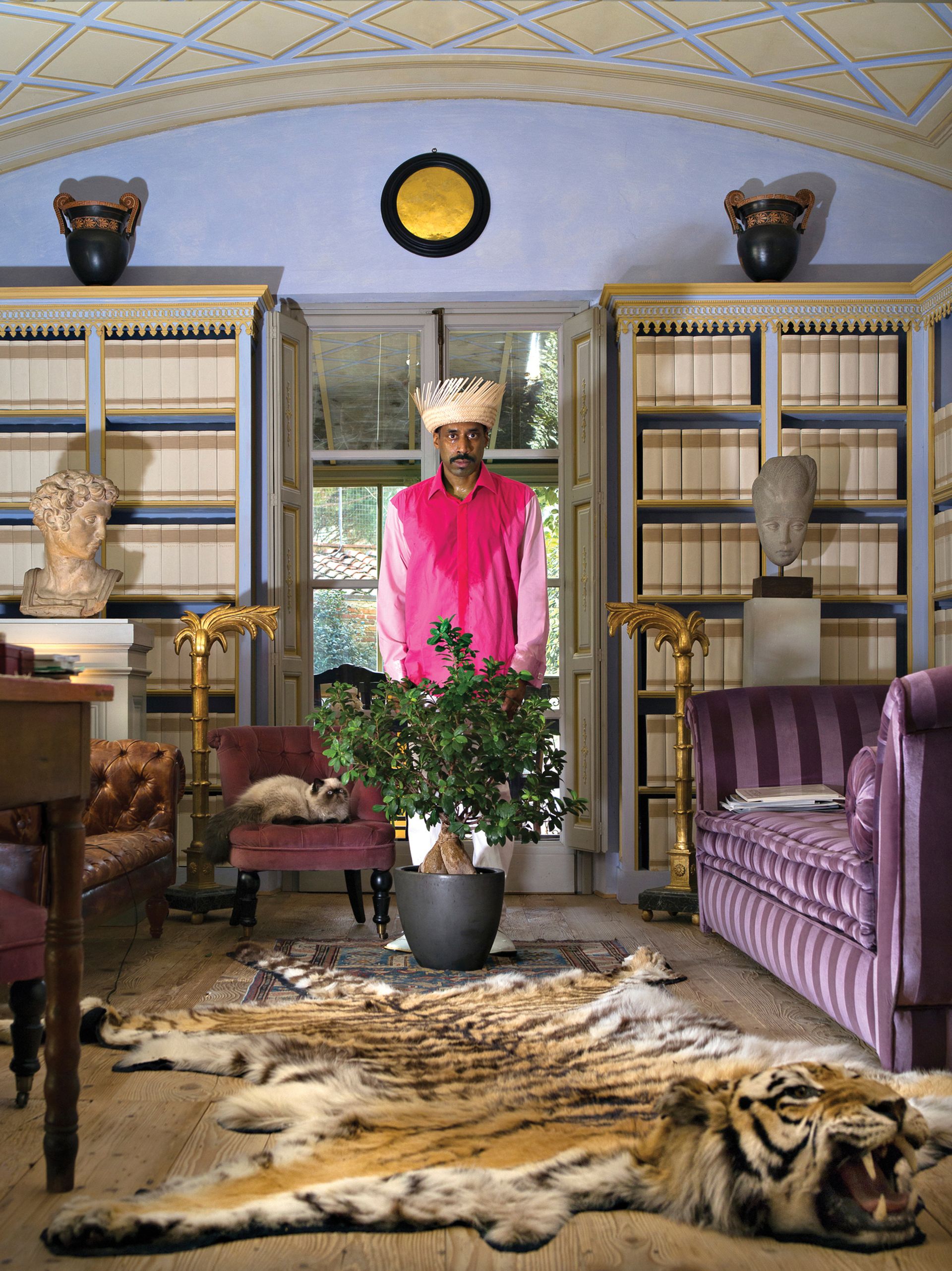
Nari Ward: Sun Splashed, until 21 February 2016, Pérez Art Museum Miami Sun Splashed is the largest survey of Nari Ward’s work to date. The exhibition of the Jamaican-born New Yorker, who is best known for his sculptures and installations assembled from found objects, will include works spanning two and a half decades. The show will feature Canned Smiles (2013), a comment on racial stereotypes made with the artist’s son and daughter, and the recently completed Scandal Bag; History Feeds Mistrust (2015), which has never been shown before. The show’s deceptively happy title comes from a series of photographs documenting a performance in 2013, in a number of buildings in Italy during the artist’s Rome Prize residency. In each image, Ward—dressed in a pink shirt and white shoes wearing a straw hat, which imitates the outfit his uncle wore to entertain tourists in Jamaica—holds a potted plant found in the location, after he has been splashed with water. The upbeat outfit was used as a way of covering up the oppression of the plantation workers from tourists. J.S.

Alex Bag: The Van (Redux), until 31 January 2016, Institute of Contemporary Art, Miami With Art Basel in town, the ICA has picked the perfect time to open its solo show dedicated to the performance and video artist Alex Bag. The New Jersey-based artist often satirises the art world and its market machinations in her work. Two of the central videos in the show—The Van (2001) and the follow-up titular 2015 video—feature an art dealer and three young artists as characters. The Van (Redux) is a special endeavour for Bags: it is the first time her son August, now five years old, appears in one of her videos—and the first time that she has not. Visitors can participate by watching the original video while seated in the leather and pink faux-fur van interior that was used for the piece, and experience the feeling of being on a film set in a site-specific, immersive installation (another first for Bag). V.S.B.
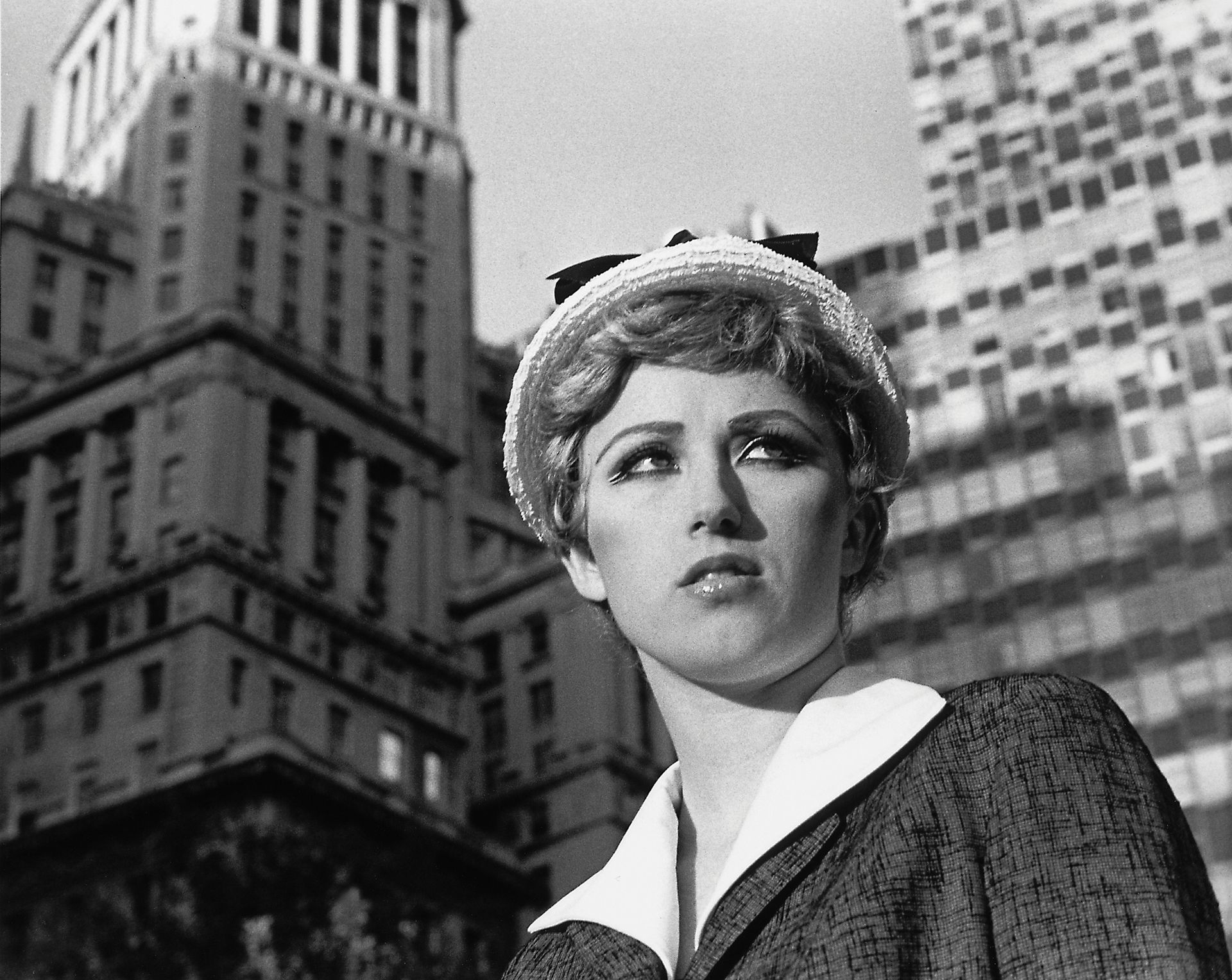
No Man’s Land: Women Artists from the Rubell Family Collection, 2 December-28 May 2016, Rubell Family Collection/Contemporary Arts Foundation “If God was a woman, and she could paint, it would be like this”, says Mera Rubell about the Brazilian artist Solange Pessoa, who is one of more than 100 artists who are part of the woman-only show No Man’s Land that the collectors have organised this year. Many of the biggest names in contemporary art are included, such as Marlene Dumas, Cindy Sherman, Yayoi Kusama and Barbara Kruger. But the Rubells are also keen to pair these up with younger or lesser-known artists, such as Pessoa or the Los Angeles-based Jennifer Guidi. J.S.

Gustavo Pérez Monzón: Tramas, 2 December-1 May 2016, Cisneros Fontanals Art Foundation In his first solo show in the US, the artist Gustavo Pérez Monzón is presenting pieces painted during the final decade that he lived and worked in his native Cuba. Monzón was widely reported to have retired as a practicing artist to focus on arts education in 1990, when he moved to Mexico where he now serves as the director of visual arts at the Academia Morelense de las Artes in Cuernavaca, Morelos. After a long hiatus from exhibiting his work, Monzón returned to Cuba earlier this year for the Havana Biennial with this exhibition, which was organised by the Cisneros Fontanals Art Foundation and first shown at the Museo Nacional de Bellas Artes. He has since “reconsidered resuming art production”, a spokesperson says. In Miami, Tramas (traumas) includes more than 70 drawings, paintings and installations such as Vilos (1981/2015), which combines wire, stone, elastic thread and the gallery’s architecture to create a dense, web-like space. G.A.
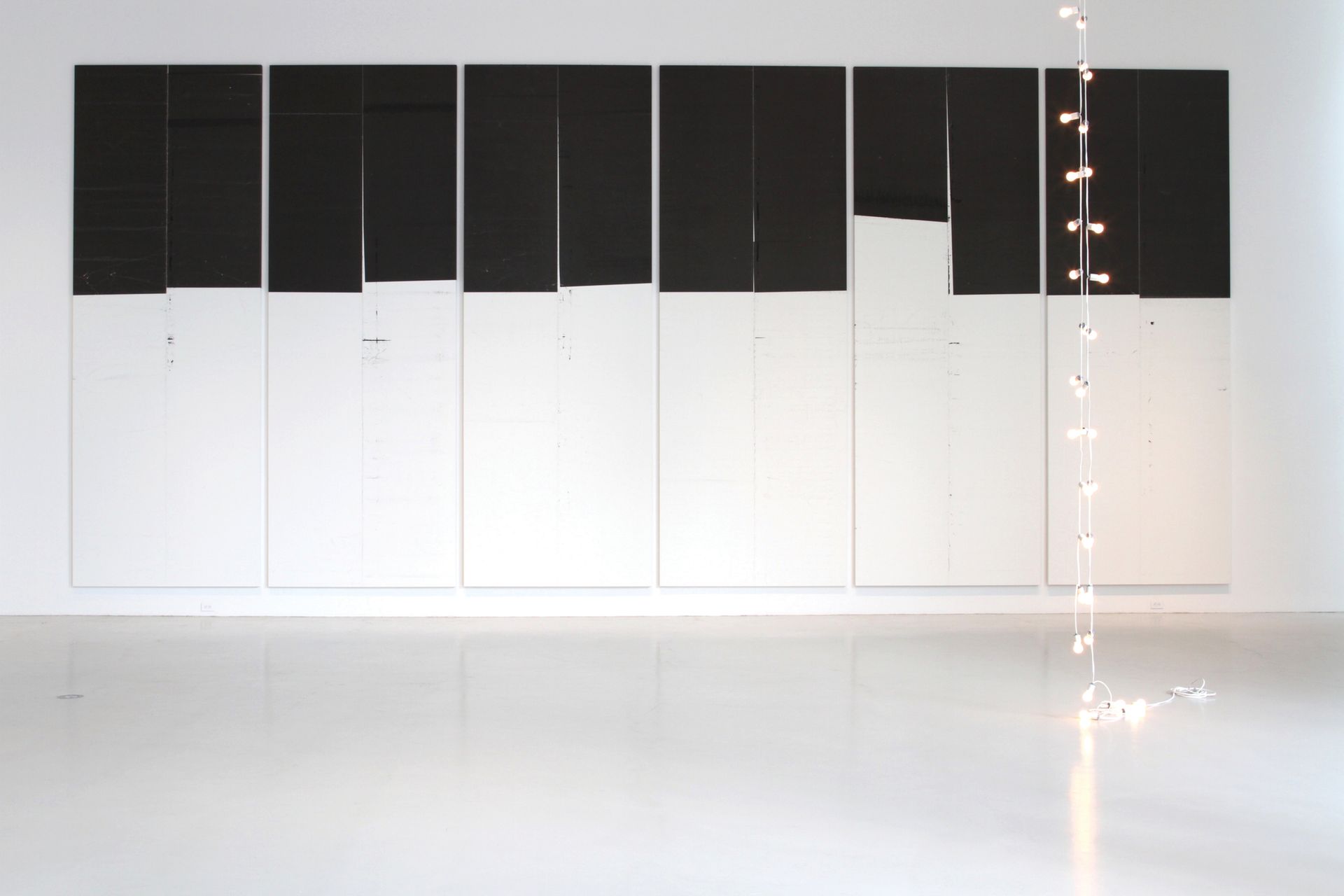
You’ve Got to Know the Rules… to Break Them, (until 12 November 2016), De la Cruz Collection, Miami “This year, we’re going very heavy on painting,” says Rosa de la Cruz of the exhibition You’ve Got to Know the Rules… to Break Them, which is drawn from the private collection built with her husband Carlos. The show, which includes more than 40 contemporary artists—including Americans like Mark Bradford, Joe Bradley and Tauba Auerbach and their German counterparts Martin Kippenberger and Sigmar Polke—have digested art historical movements like Minimalism and Abstract Expressionism. De la Cruz says the show is a way to “contextualise the work and see how the Germans and Americans coexist”. P.P.

Martine Syms, until 31 December, Art on the Move and Locust Projects Before he was appointed as the new director of the Pérez Art Museum Miami, Franklin Sirmans organised this exhibition with the Los Angeles-based conceptual artist Martine Syms. The artist has created a series of posters that are inspired by advertisements for the “Chitlin’ Circuit”—a chain of venues that were safe havens for African American performers, such as B.B. King and Aretha Franklin, at a time of strict racial segregation in the US. Portraits of the entertainers appear alongside poetry by Syms, and will be shown both in the Locust Projects gallery space and on buses and transit stops along the Overtown and Miami Beach routes as part of Art on the Move’s public art initiative. G.A.
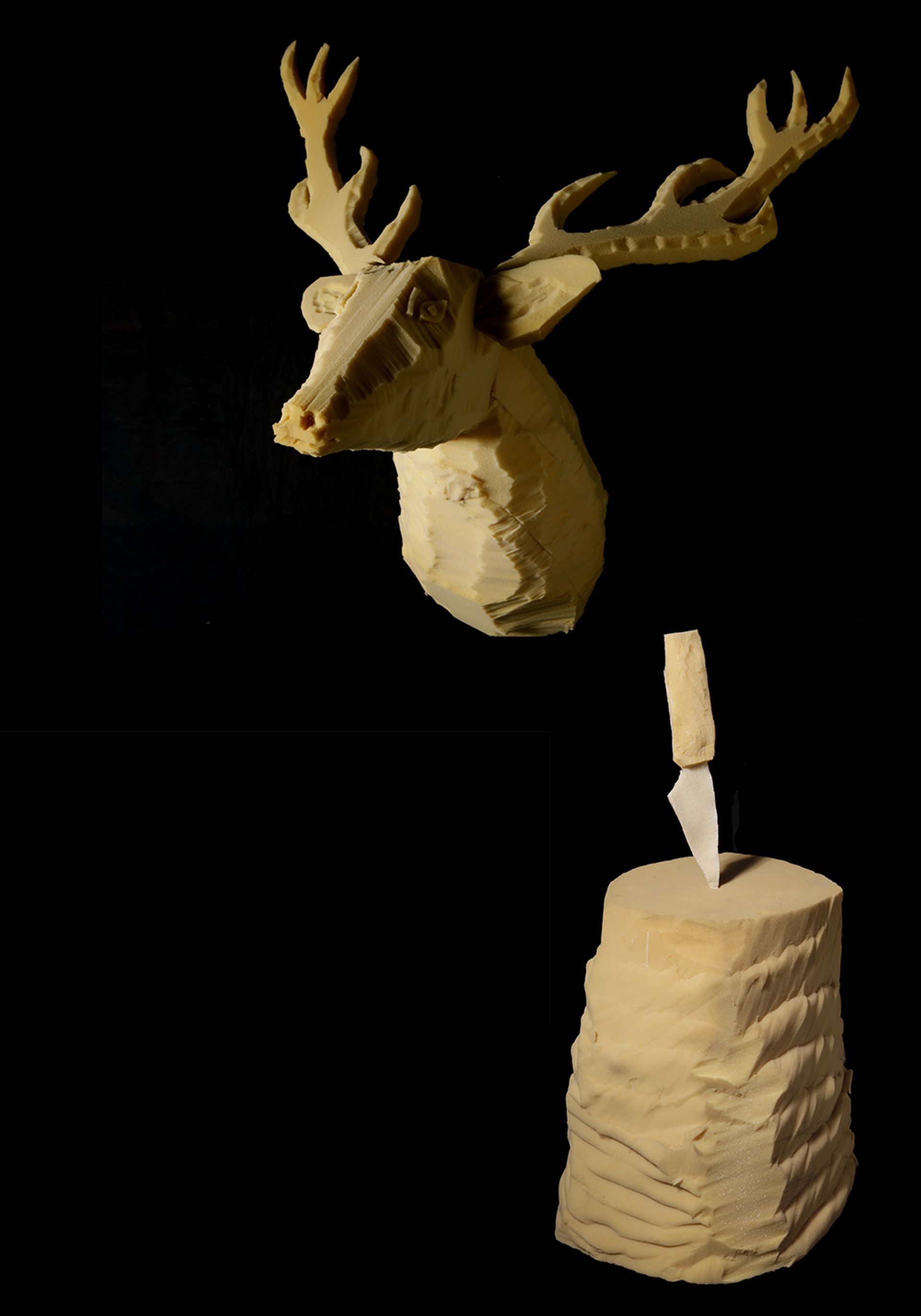
Dina Shenhav: D.O.A, until 31 January 2016, ArtCenter [Little River Edition] The normally stark space of a hunter’s cabin turns soft and squidgy for Dina Shenhav’s installation D.O.A (Dead on Arrival). The Israel-based artist is known for her use of soft materials such as foam and ash, which stand in direct contrast to her tough subject matter, including conflict and destruction. For this immersive work, Shenhav has carved items that would normally be found in a hideout deep in the woods—including the hunter’s boots and leftover dinner to an arsenal of weapons and hunting prizes—from yellow mattress foam. The bizarre result is a theatrical feeling of “soft” horror where the domestic domain meets the sport of killing. A.D.
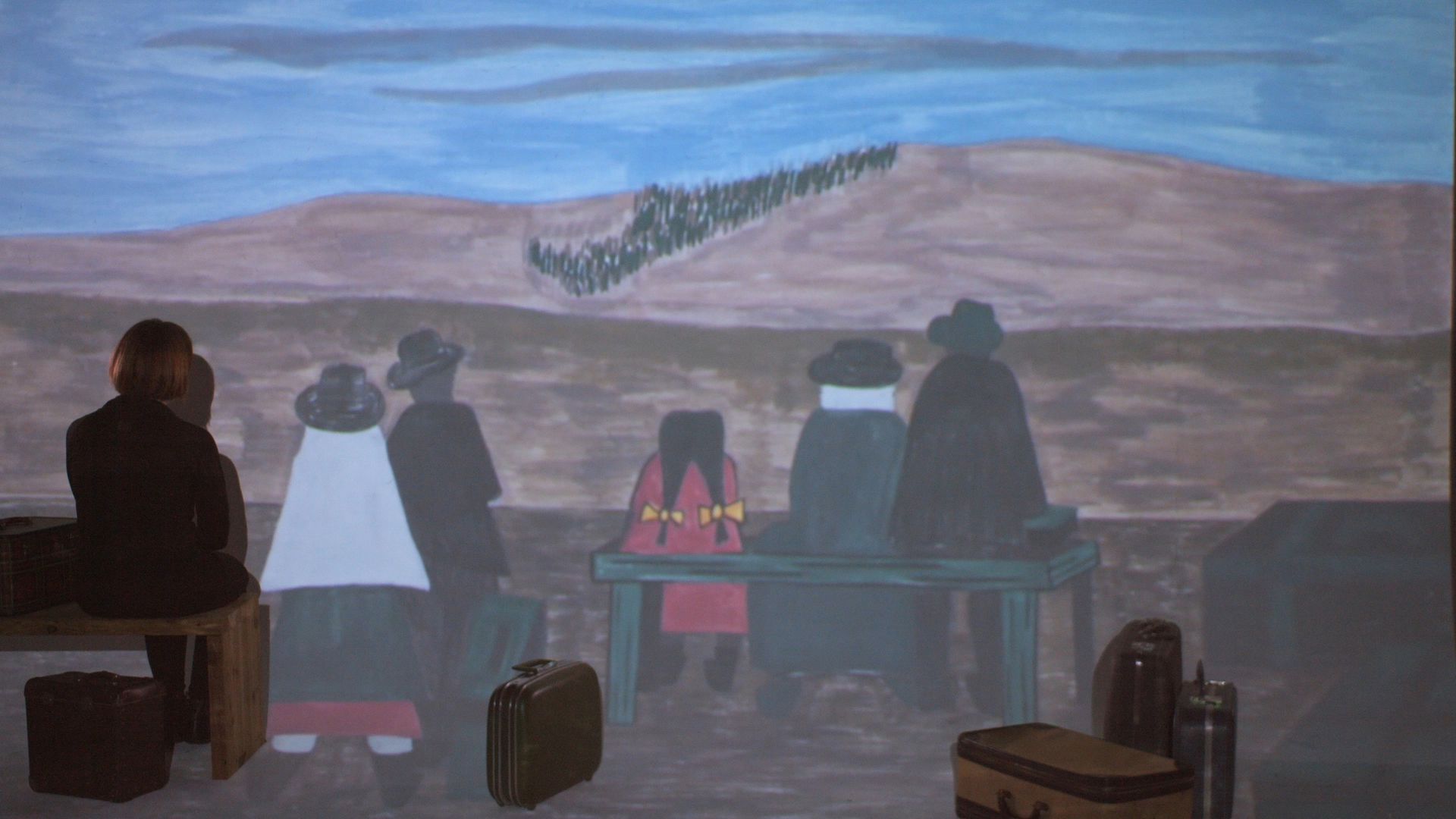
Carola Bravo: Blurred Borders, until 28 February 2016, Patricia & Phillip Frost Art Museum As politicians, including former Florida governor Jeb Bush, gear up for next year’s presidential race, immigration reform has become a hot button issue. “This exhibition is happening in the right place at the right time,” says the curator Klaudio Rodriguez, of the Venezuelan artist Carola Bravo’s first solo exhibition in the US, which features works that focus on the migrant experience. “Miami is usually at the forefront of immigration discussions and it is a city, perhaps more than any other in the US, that has been shaped by immigrants.” In her installations, Bravo places vintage suitcases and shabby wooden benches against projected backdrops of the American landscape. The artist was inspired by works of art and literature dealing with immigration, such as Jacob Lawrence’s Migration Series paintings (1940-41) and Gabriel García Márquez’s magical realist novel One Hundred Years of Solitude. G.A.
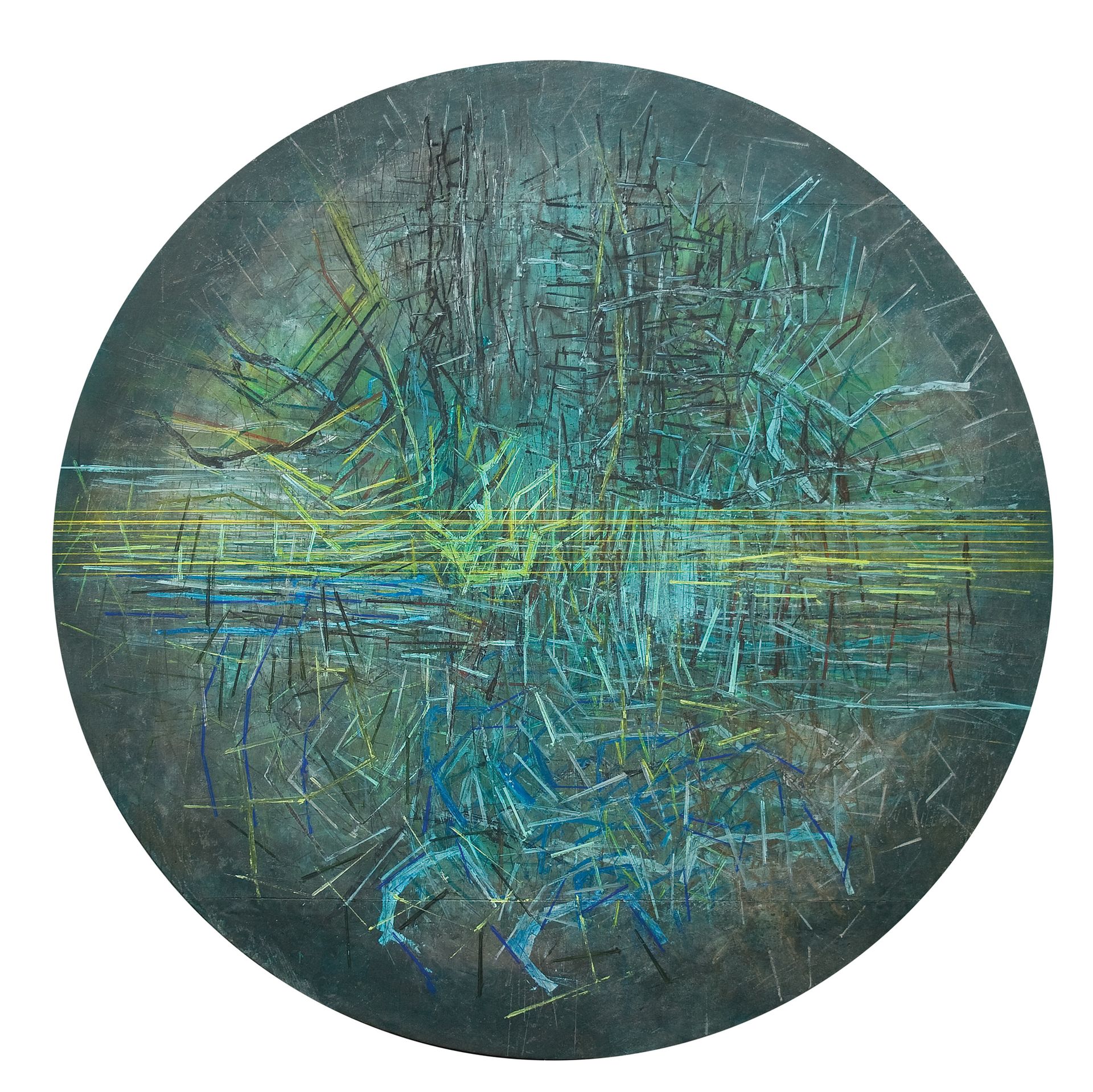
Carlos Salas: Latin America and the Global Imagination, until 2 February 2016, Museum of Contemporary Art, North Miami Miami’s connections with Latin America are expanding. Organised in partnership with the Colombia consulate in Miami, this retrospective of the Colombian artist Carlos Salas is the first in a series of shows and events that invite audiences to engage with Latin American history and cultural heritage. The show includes 60 large abstract paintings as well as the premiere of the documentary En El Taller, a film about his life and work directed by his daughter, Ana Salas. Prompted by the news that he has terminal leukaemia, the film captures the “simple and unique magic” of the artist at work in his studio in France. A.D.
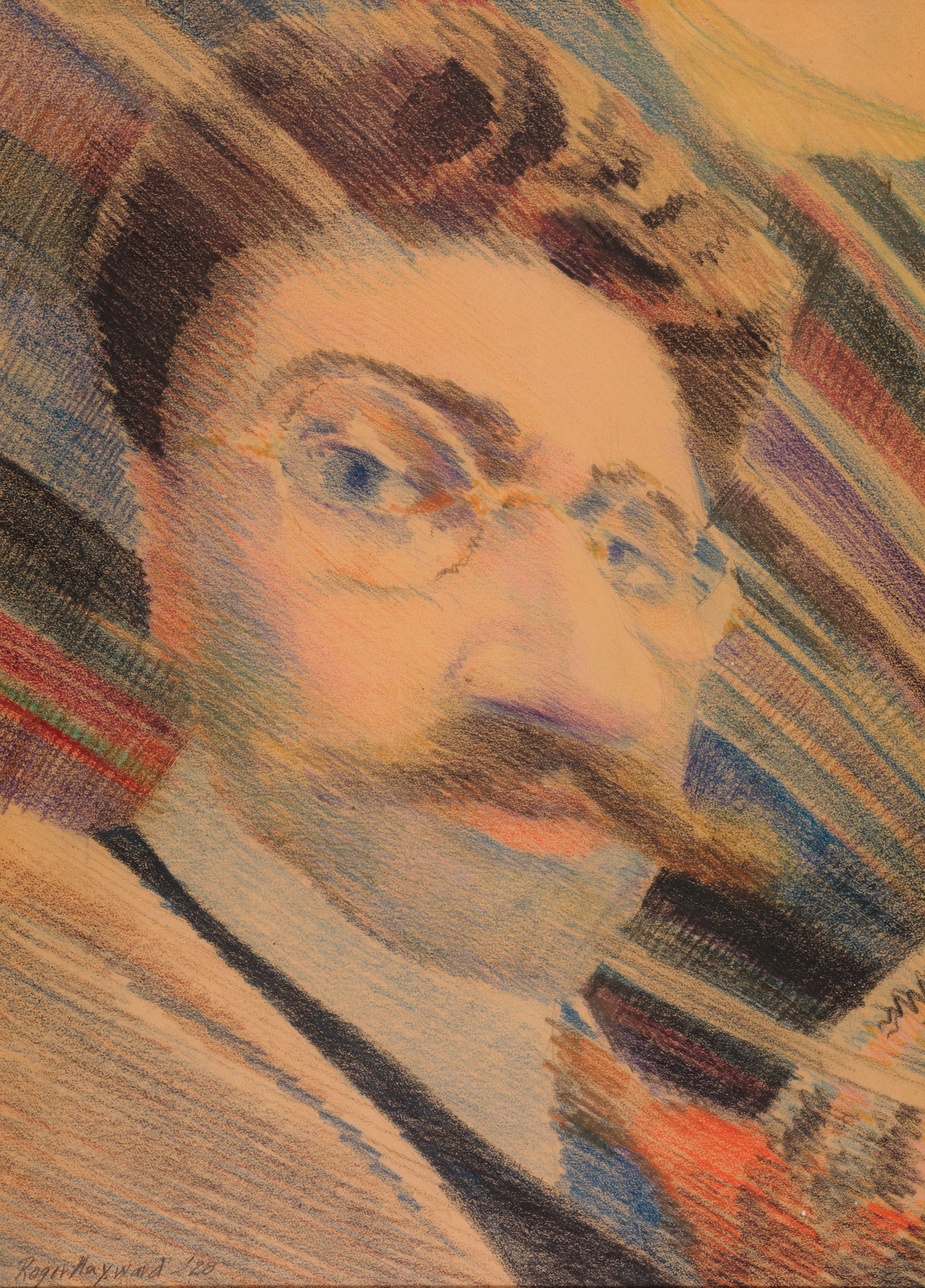
The Portrait Transformed: Drawings and Oil Sketches from Jacques-Louis David to Lucian Freud, until 17 January 2016, Lowe Art Museum “Portraiture can be numbingly boring,” says Robert Flynn Johnson, the curator of this exhibition. Luckily, The Portrait Transformed tries to evade such a description through its selection of what Johnson describes as “honest and gritty” images. Refuting Paul Delaroche’s declaration in the 19th century that “painting is dead”, this exhibition presents the period as a turning point for portraiture, moving from direct mimesis to more creative forms of representation. The 151 portrait drawings and oil sketches on display are from the private collection of the curator, “acquired on a scholar’s salary”, he says. As such, some of the expected big-name painters such as Ingres, Picasso and Matisse are missing, but Johnson’s challenging of the bounds of portraiture, including three “portraits” of hands, offers a new take on the subject. A.D.

Walls of Color: the Murals of Hans Hofmann, until 3 January 2016, Patricia & Phillip Frost Art Museum This survey of mural-sized works by the German-born US Abstract Expressionist Hans Hofmann (1880-1966), is anchored by nine studies in oil that the artist made as proposals for a project in the city of Chimbote in Peru. Although the final work, intended as a collaboration with the Catalan architect Josep Lluís Sert, was never realised, “the sheer enormity and magnitude of the project expanded [Hofmann’s] concept of how painting can complement the built environment,” says Jordana Pomeroy, the exhibition’s curator and the director of the Frost. The show is especially interesting because of “the particular vision that was shared by developers, architects, artists, and even government officials to use art to enhance buildings,” Pomeroy says. P.P.

